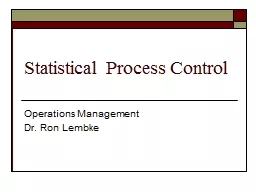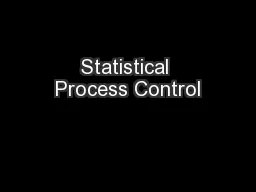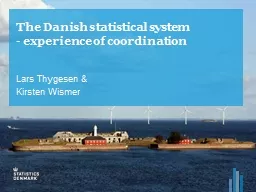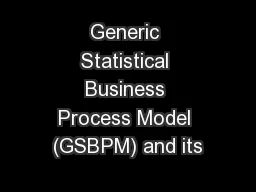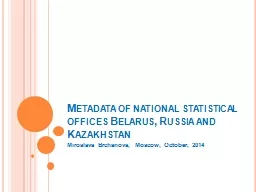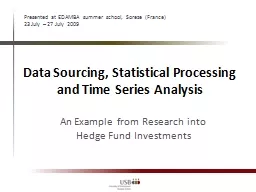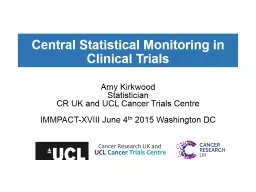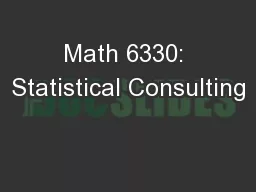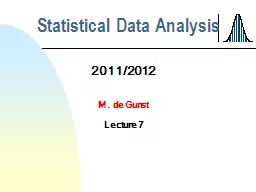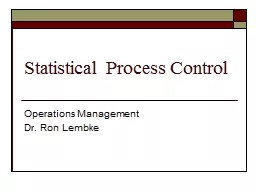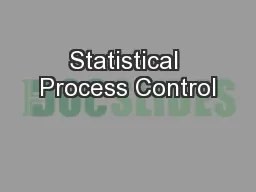PPT-Statistical Process Control
Author : sherrill-nordquist | Published Date : 2017-09-16
Operations Management Dr Ron Lembke Designed Size 10 11 12 13 14 15 16 17 18 19 20 Natural Variation 145 146 147 148 149 150 151 152 153
Presentation Embed Code
Download Presentation
Download Presentation The PPT/PDF document "Statistical Process Control" is the property of its rightful owner. Permission is granted to download and print the materials on this website for personal, non-commercial use only, and to display it on your personal computer provided you do not modify the materials and that you retain all copyright notices contained in the materials. By downloading content from our website, you accept the terms of this agreement.
Statistical Process Control: Transcript
Download Rules Of Document
"Statistical Process Control"The content belongs to its owner. You may download and print it for personal use, without modification, and keep all copyright notices. By downloading, you agree to these terms.
Related Documents

